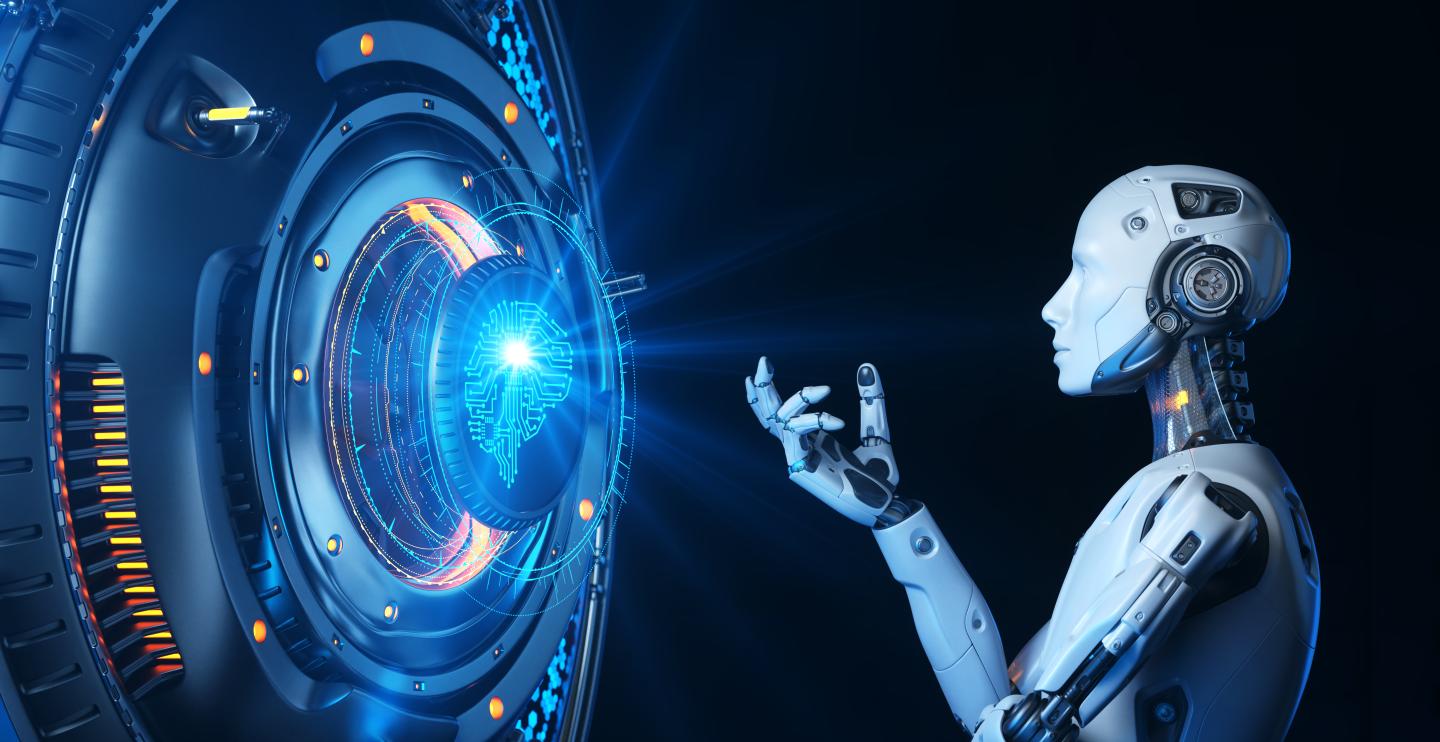Tube Rank: Your Guide to Video Success
Discover tips and insights for optimizing your video presence.
AI: The New Creative Genius or Just a Fancy Calculator?
Discover if AI is redefining creativity or simply crunching numbers. Uncover the truth behind the buzz!
Is AI the Future of Creativity or Just an Advanced Tool?
The debate surrounding whether AI is the future of creativity or merely an advanced tool has intensified in recent years. On one hand, proponents argue that AI can unlock new horizons for artists and creators, enabling them to push the boundaries of traditional forms of expression. For example, AI algorithms can analyze vast datasets to generate unique pieces of music, art, or literature, often producing results that are surprising and innovative. This capacity for instant creativity raises the question: can we truly consider AI as a collaborator in the creative process, or is it simply a sophisticated mechanism that lacks genuine imagination?
Conversely, critics assert that while AI serves as a powerful tool for enhancing creativity, it cannot replicate the depth of human emotion or experience that underpins true artistic expression. Creativity, they argue, is inherently human, fueled by personal experiences, cultural interactions, and emotional insights. AI might be proficient at mimicking styles and patterns, but it lacks the ability to instill meaning and context in its creations. As the technology continues to advance, it is essential to explore how we can harness AI effectively without losing sight of the core essence of what makes creativity uniquely human.

How AI is Redefining the Boundaries of Creative Expression
Artificial Intelligence (AI) is rapidly transforming the landscape of creative expression, bridging the gap between human imagination and machine intelligence. From generating art to composing music, AI tools are enabling artists to explore new mediums and techniques that were previously unimaginable. For instance, deep learning algorithms can analyze thousands of artworks to inspire unique styles, allowing creators to push their boundaries and redefine traditional art forms. As a result, the collaboration between humans and machines is fostering a dynamic environment where innovation flourishes.
Moreover, the influence of AI extends beyond visual arts and music; it is also reshaping literature and content creation. Writers are now using AI writing assistants to generate ideas, enhance narratives, and even create entire stories based on parameters they set. This synergy facilitates the emergence of new genres and styles, as writers experiment with different narratives produced by AI algorithms. Ultimately, as technology advances, it raises important questions about authorship, originality, and the essence of creativity, challenging our long-held beliefs about what it means to be a creator.
Can Machines Truly Create? Exploring AI's Role in Art and Design
The question of whether machines can truly create is becoming increasingly relevant in our technologically advanced world. With the rise of AI in various fields, especially in art and design, it's essential to explore the capabilities and limitations of these algorithms. Artists and designers have begun to collaborate with artificial intelligence to generate new forms of creativity, resulting in unique pieces that challenge traditional notions of authorship. Some argue that these AI-generated artworks are merely reflections of the data fed into the systems, while others believe that they represent a new frontier in creative expression.
As we delve deeper into this topic, we observe several notable examples where AI has significantly impacted the creative landscape. From AI-generated paintings to music compositions and fashion designs, the potential of machines to create is being realized in diverse ways. However, the discussion does not stop at what machines can produce; it extends to the philosophical implications of creativity and originality. Can the art generated by machines evoke emotional responses comparable to human creations? Ultimately, the role of AI in art and design raises profound questions about the essence of creativity itself.